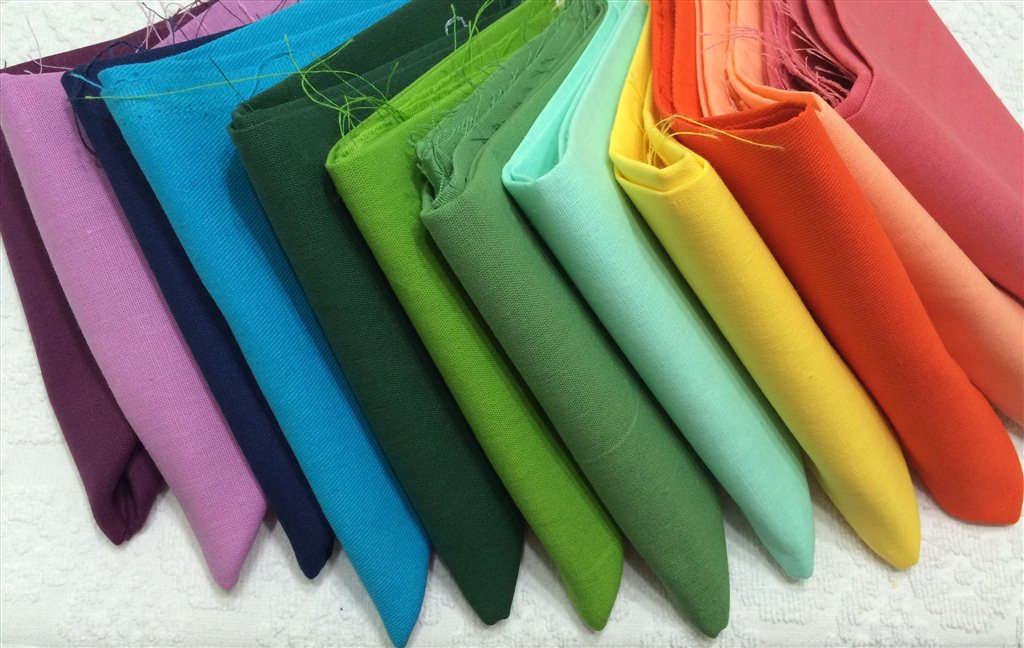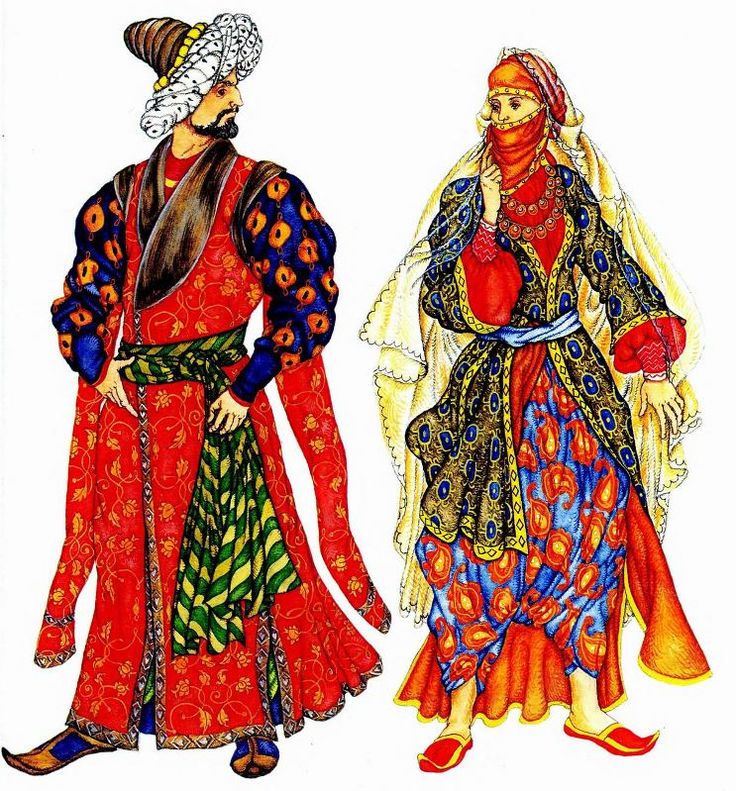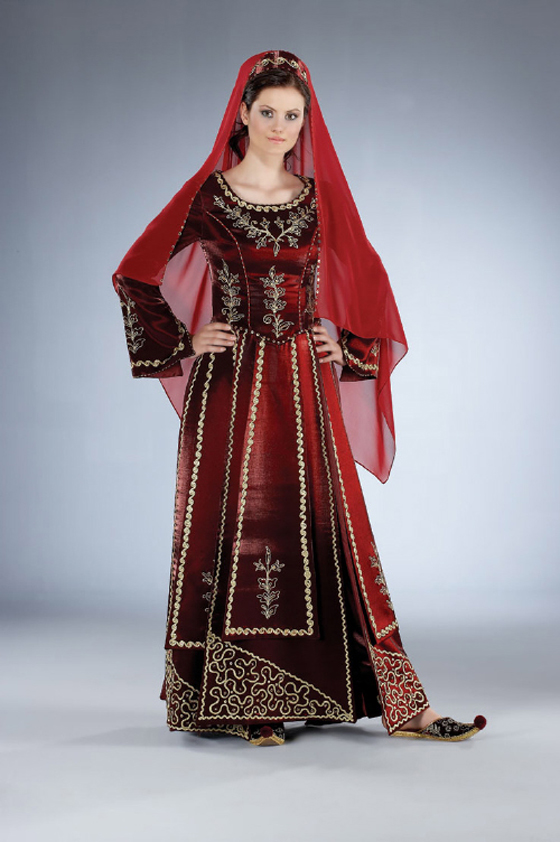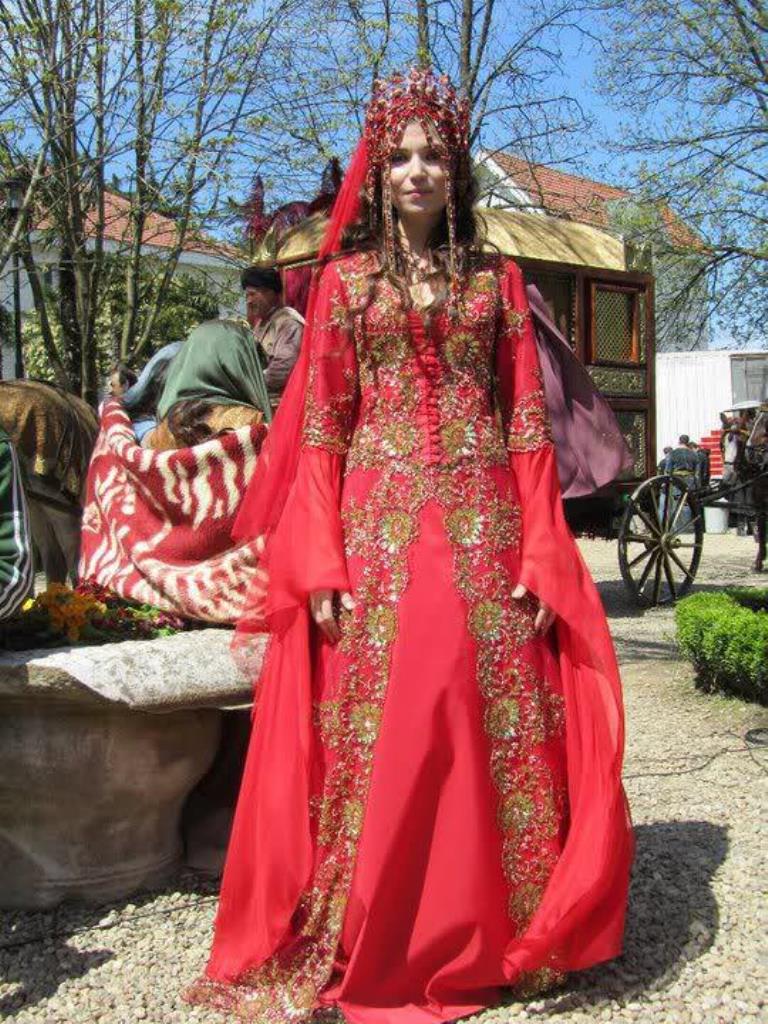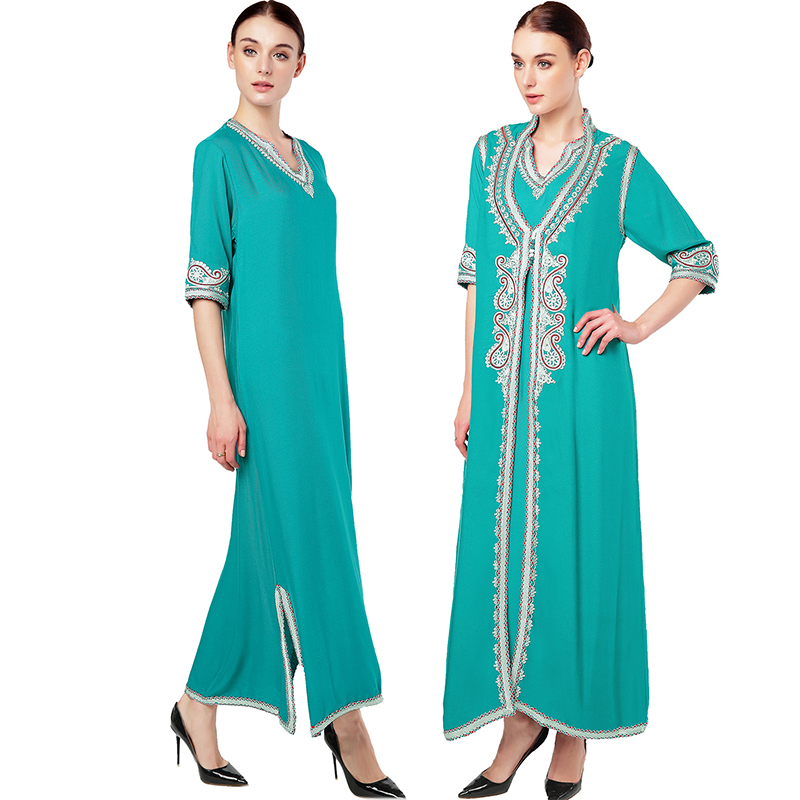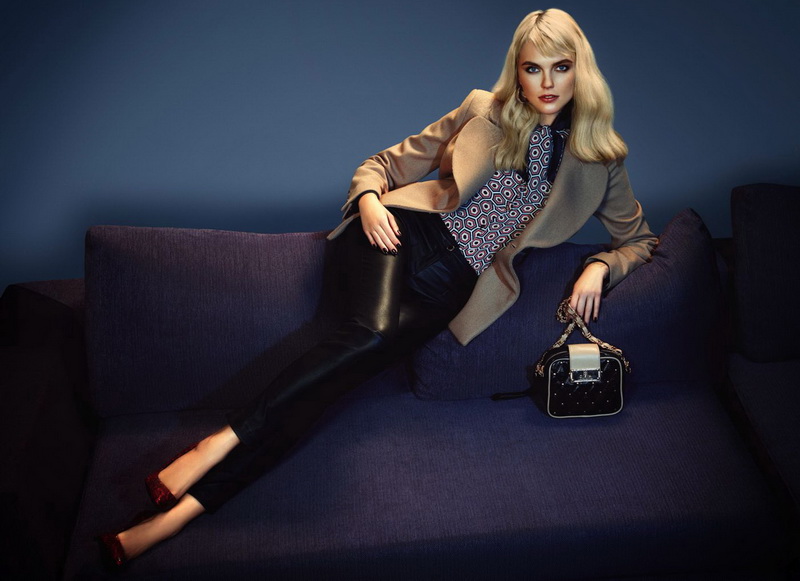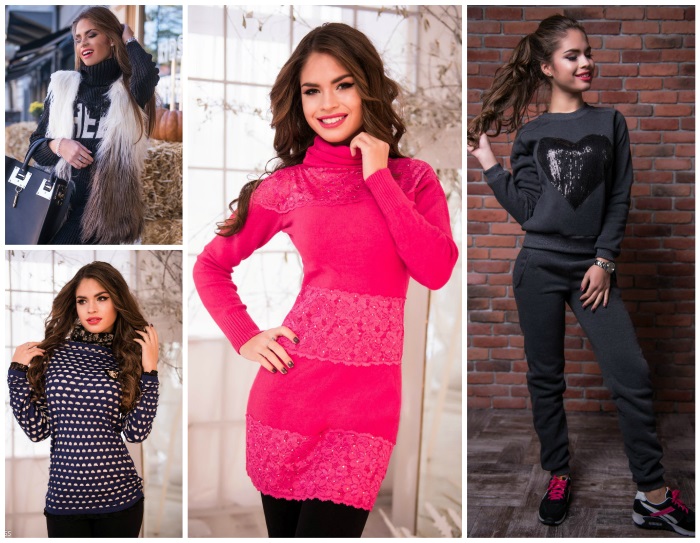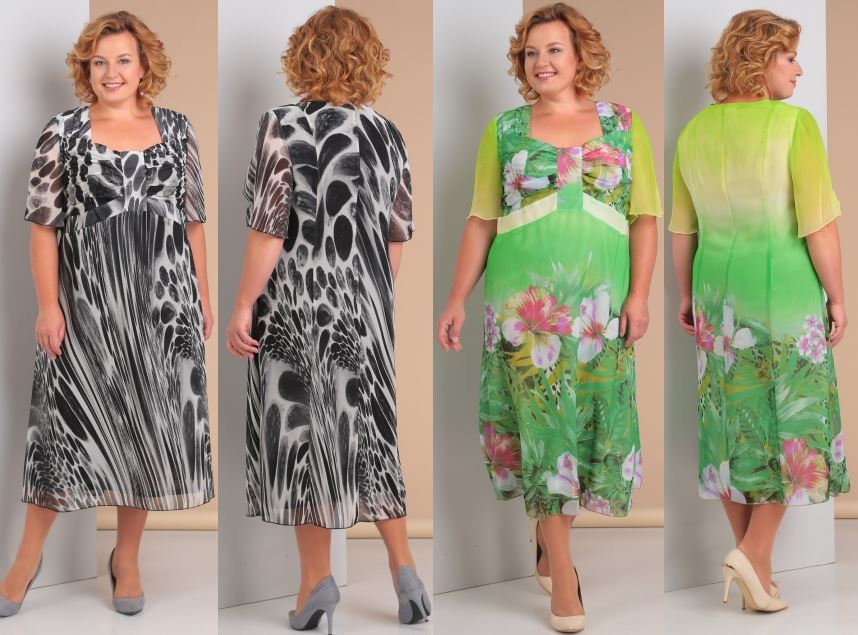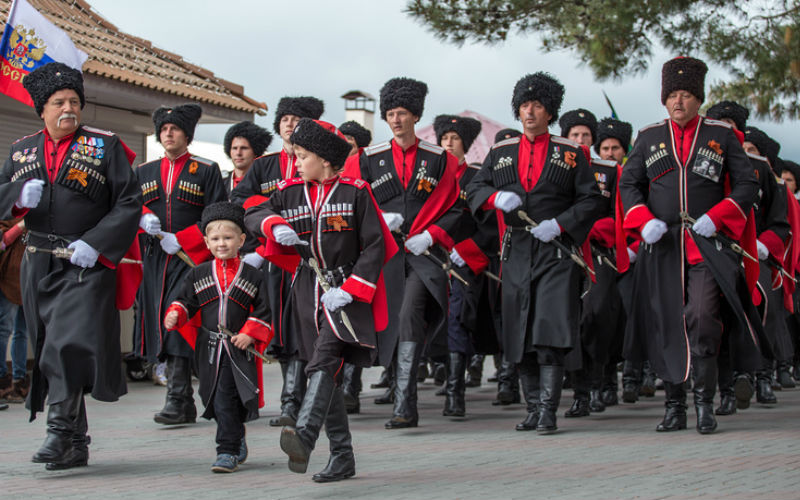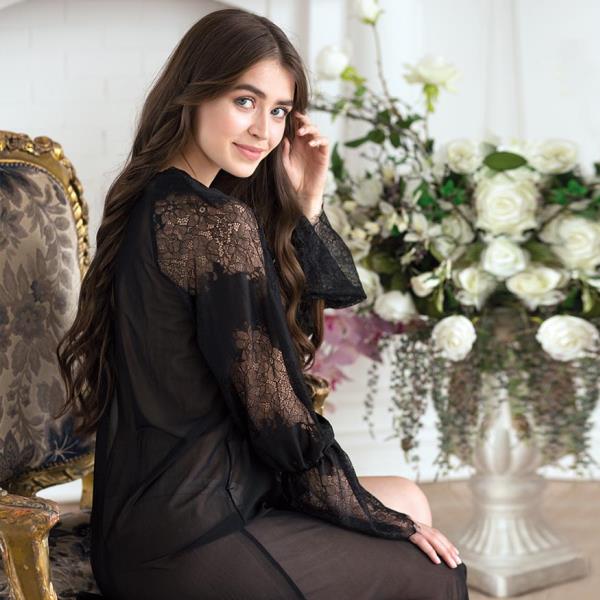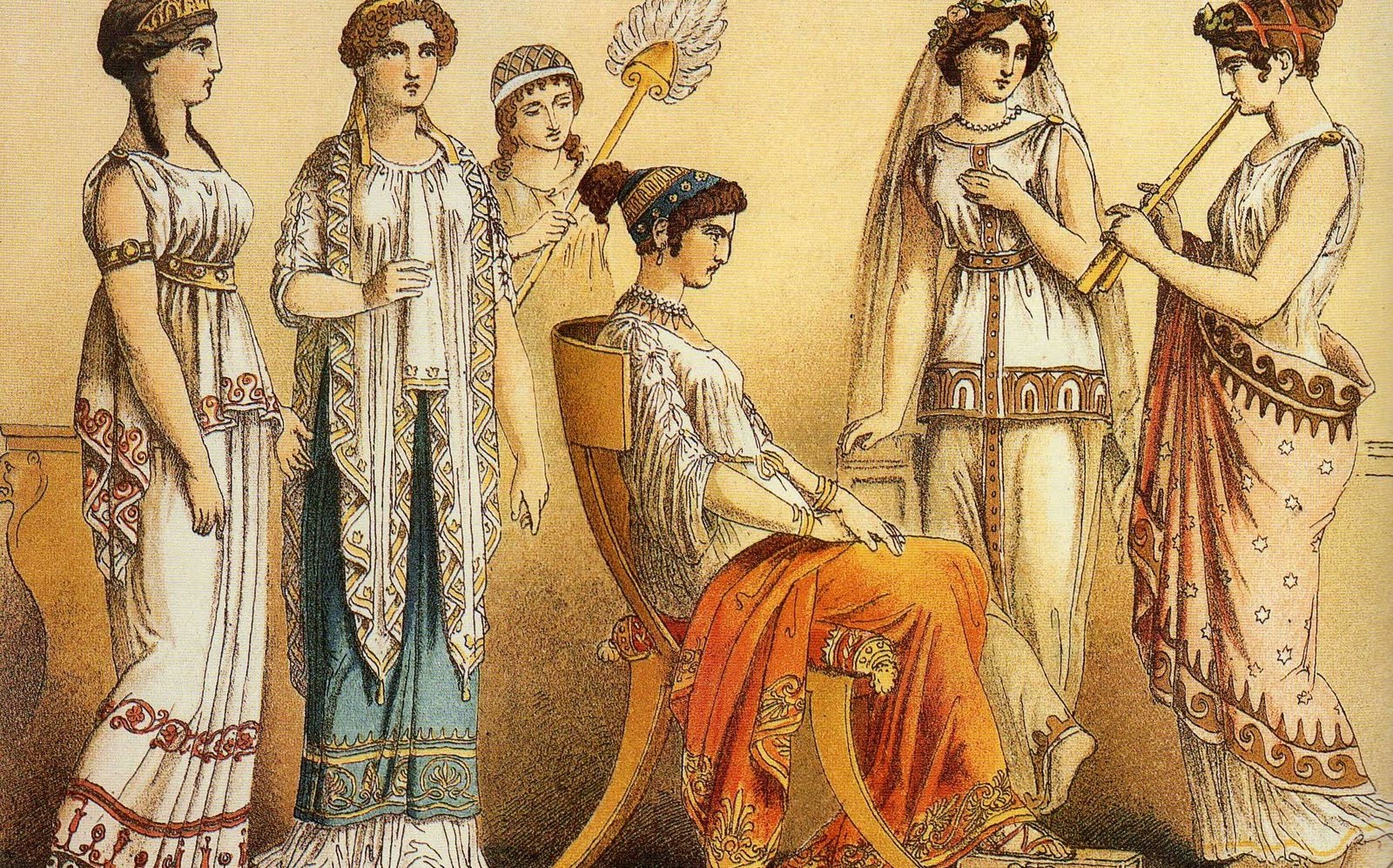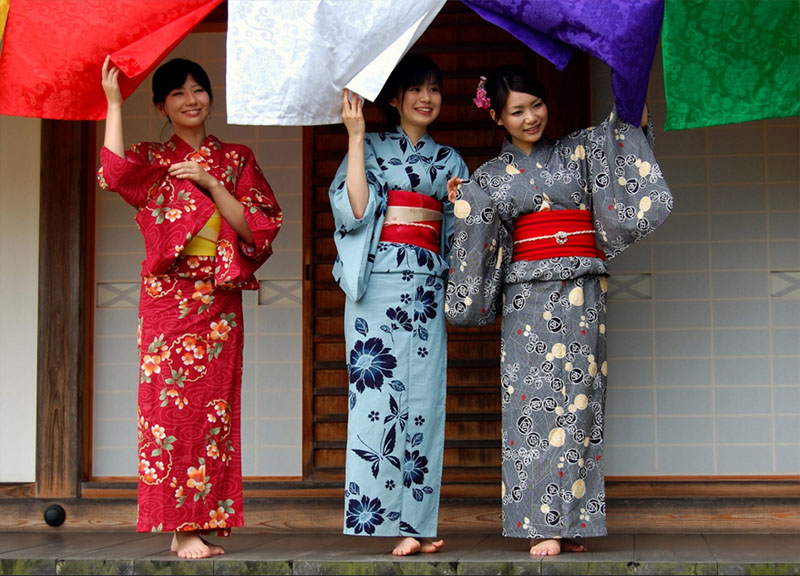Not every country can boast of a favorable location and abundance of useful resources on its territory, but Turkey is one of the "lucky" countries that can be envied. Thanks to a favorable climate for growing cotton on numerous plantations, Turkish clothing ranks second among European countries in terms of export volumes. Low cost of raw materials coupled with high quality made Turkish textile products competitive and in demand for Asian and European countries. Turkish textiles were first imported to Russia after 1985, when our country was experiencing an economic decline and a shortage of light industry.
What is the quality level and features
Over the past 30 years, Türkiye has achieved recognition and considerable success in the global market. Even such world-famous brands as Christian Dior, Armani, Hugo Boss, Tommy Hilfiger today sew their models in Turkish factories, and some even have entire sewing workshops there. How is such trust deserved?
Low prices for raw materials due to favorable climatic conditions:
- Cheap labor compared to other countries;
- Constant competition;
- Focus on quality – discerning European customers prefer only high-quality clothing;
- Specialization in the textile industry, which is one of the country's main sources of income.
Modern Turkish designers prefer to work mainly with natural materials such as cotton, linen or leather. The following fabrics are most in demand for sewing Turkish clothes: satin, velvet, velour for home suits and dresses, cambric for underwear, denim for jeans, drape for outerwear. Satin, calico or poplin are used for bed linen.
Advantages of natural fabrics:
- absorb moisture;
- allow the skin to breathe;
- hypoallergenic;
- durable;
- wear-resistant.
The country produces about 800,000 tons of cotton products annually.
Synthetic fabrics are not inferior in quality, and are also profitable for export - they are harmless, do not fade, and are inexpensive. Polyamide and polyester are the most popular among Turkish clothing manufacturers.
Advantages of Turkish synthetic fabrics:
- large selection of colors;
- easy to care for clothes;
- dry quickly;
- lungs;
- durable;
- elastic;
- do not wrinkle.
Currently, there are about 40 thousand textile factories in Turkey.
The best producers of modern species
Since Turkish women's clothing manufacturers are targeting European consumers, many brands have begun to spread throughout the world. Clothes of many brands are present in our wardrobe, for example, Colin`s is one of the most popular Turkish denim brands in Russia due to its good price-quality ratio.
Casual wear:
- Sogo offers a wide range of sizes for both classic and formal wear;
- Veiks is a collection of dresses, trousers, skirts and blouses with bright prints in Turkish style;
- Just Woman - fashionable products for all family members for every day;
- Abak - blouses, turtlenecks and trousers in a classic style for study or office work;
- Aker - discreet yet elegant clothing for middle-aged women;
- Batik produces clothes in a classic style.





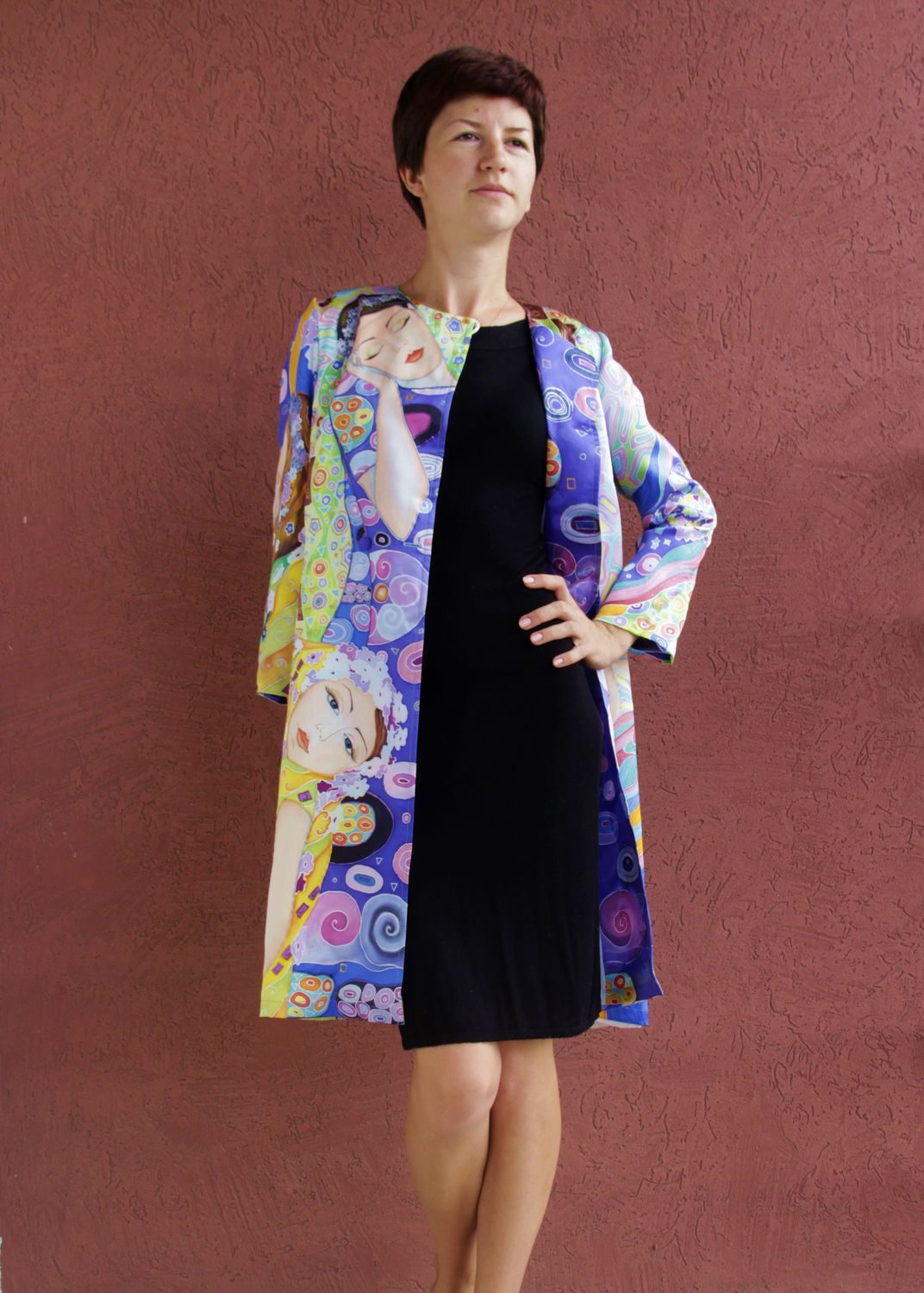
For young people:
- DeFacto offers budget options for the whole family, including plus size models;
- Black Rich - youth, evening dresses from long "floor length" to short "baby-doll" style;
- Republika specializes in collections for young people, from casual to office style.
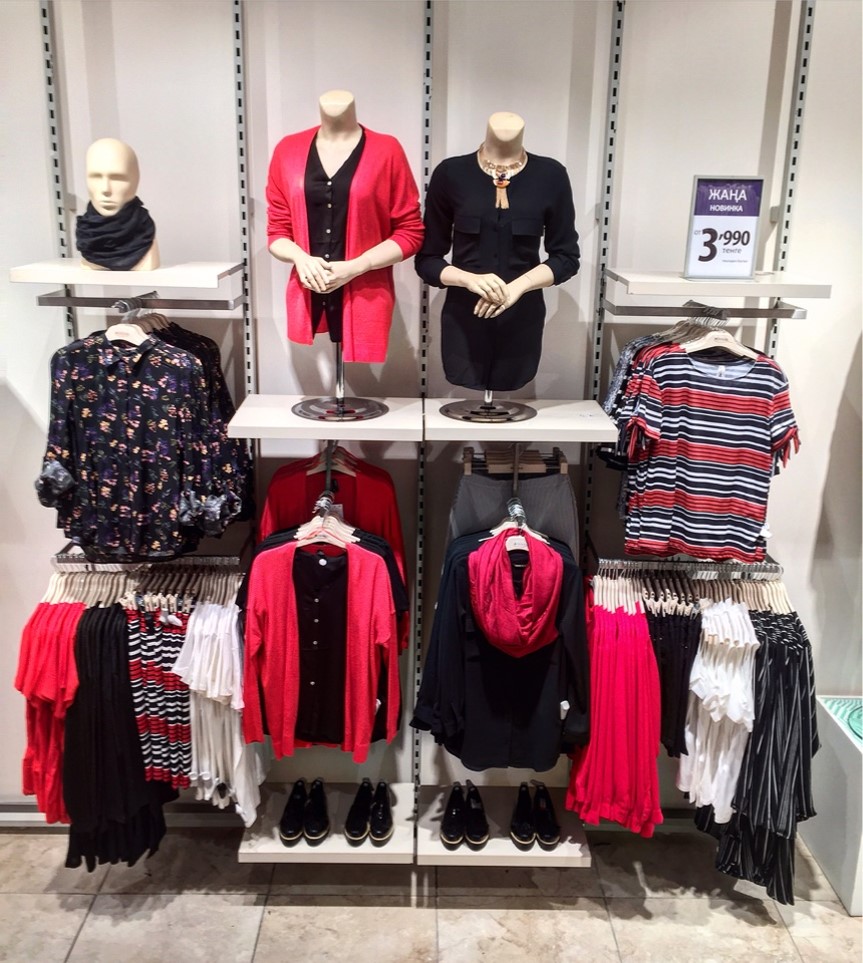
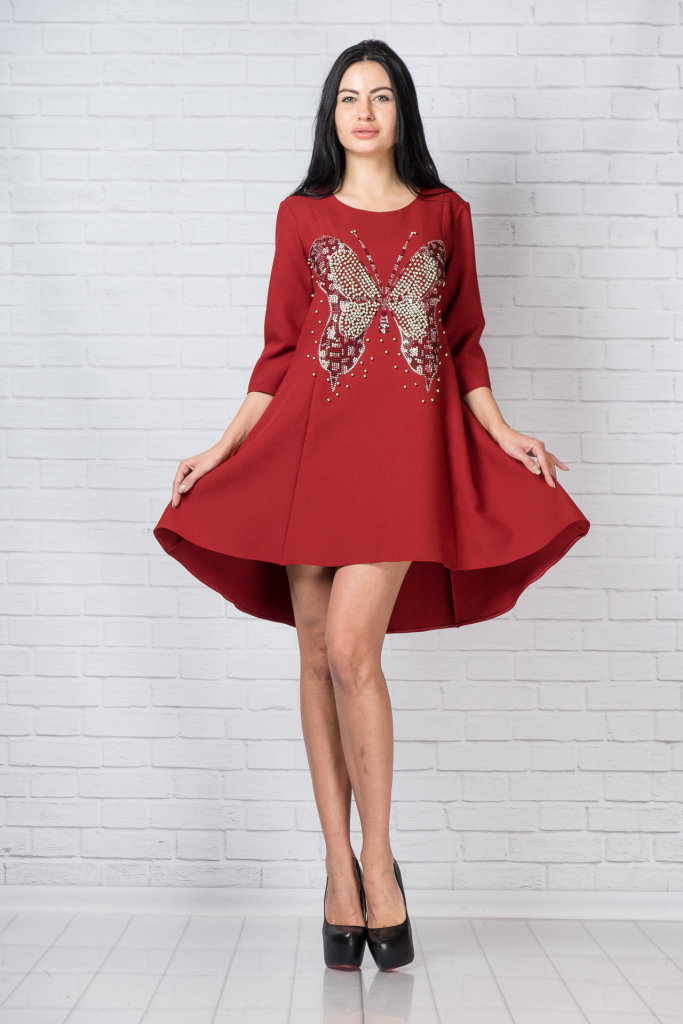

"Plus size":
- Olala produces clothing for the whole family of all sizes;
- Lissmore - plus size clothing for women offers dresses, sundresses and coats that look stylish and hide figure flaws;
- Kapris produces clothing for plus size women with original designs.
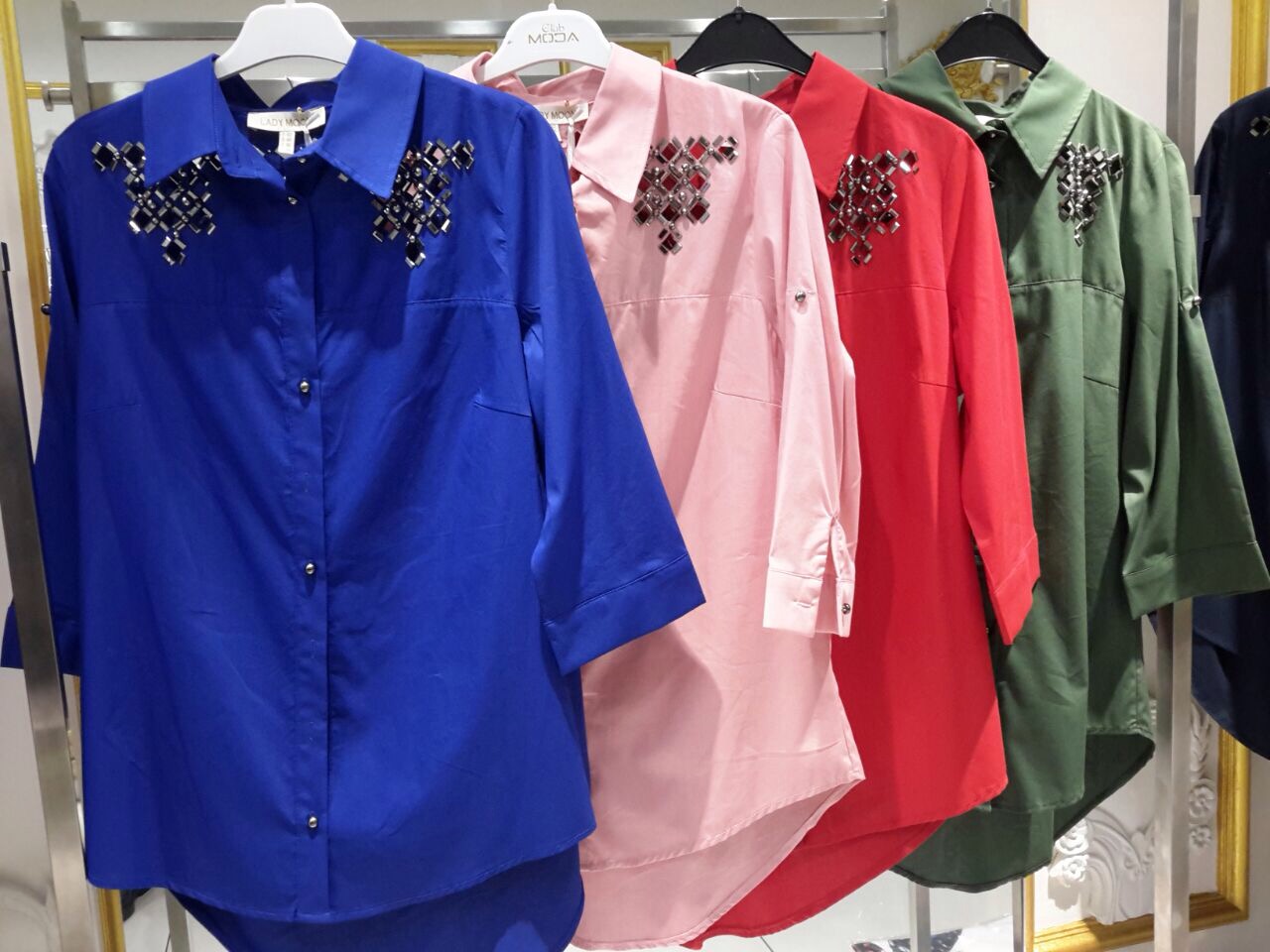
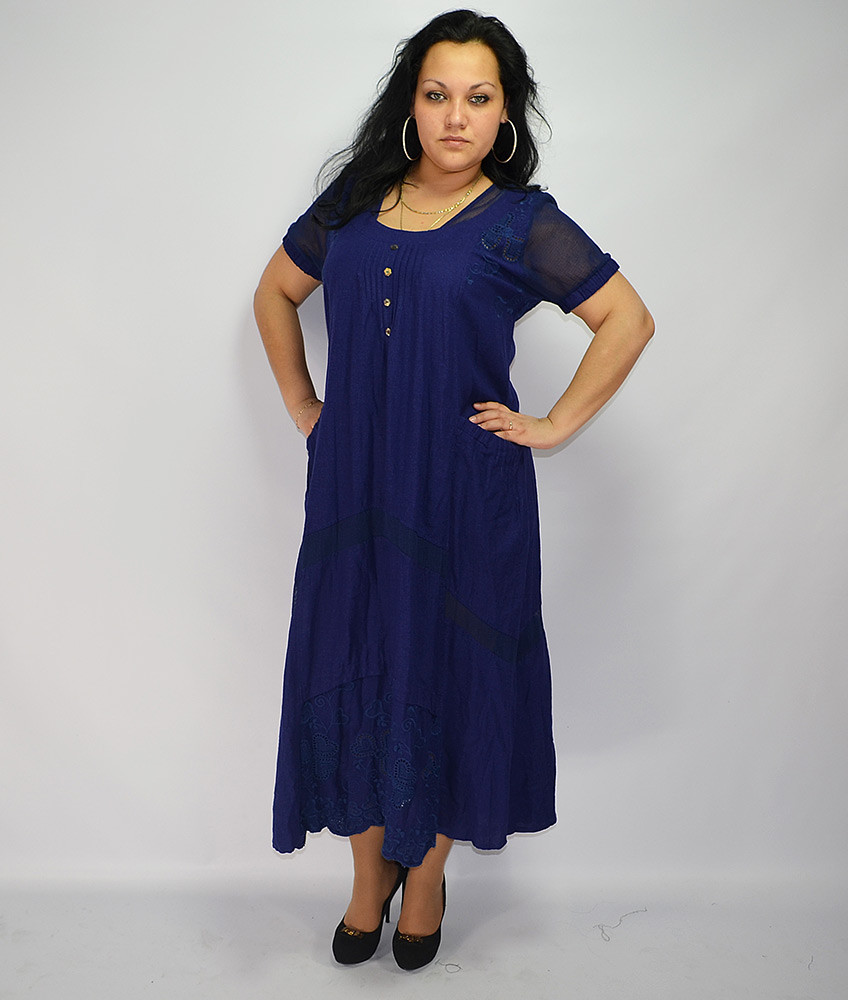

World famous clothing brands:
- LC Waikiki is known for its seasonal sales offering discounts of up to 60%;
- Koton is a youth-oriented brand and is considered a leader in the Turkish fashion industry, releasing 50 completely renewed collections every year.
Office:
- Network — women's office-style clothing for middle-aged ladies whose wardrobe requires jackets, trousers, skirts and blouses in subdued colours;
- Fabrika is mainly blouses of a laconic design for women under 30.
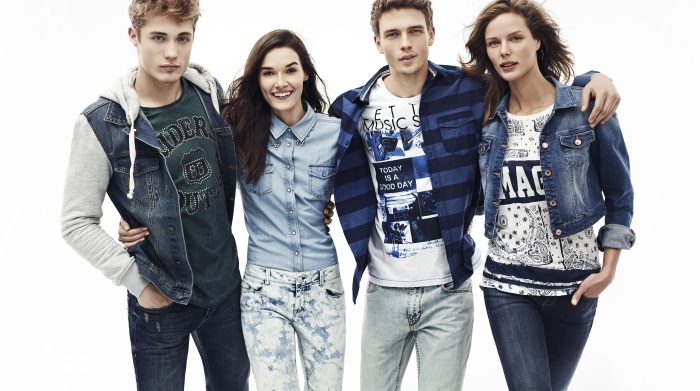
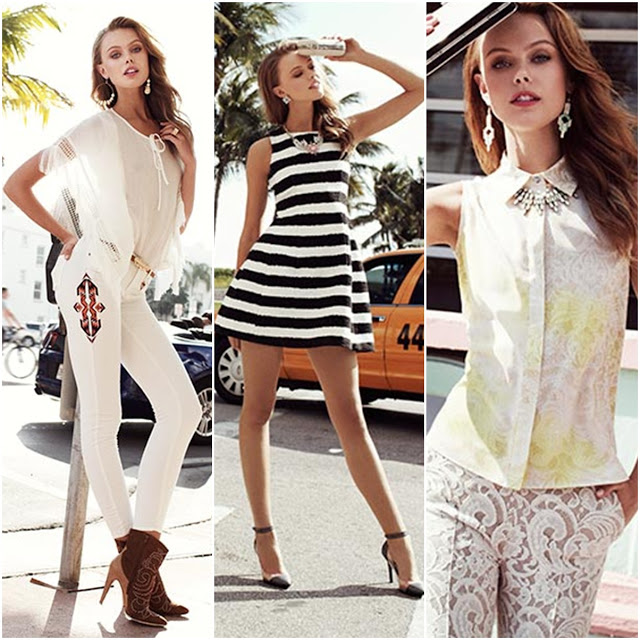
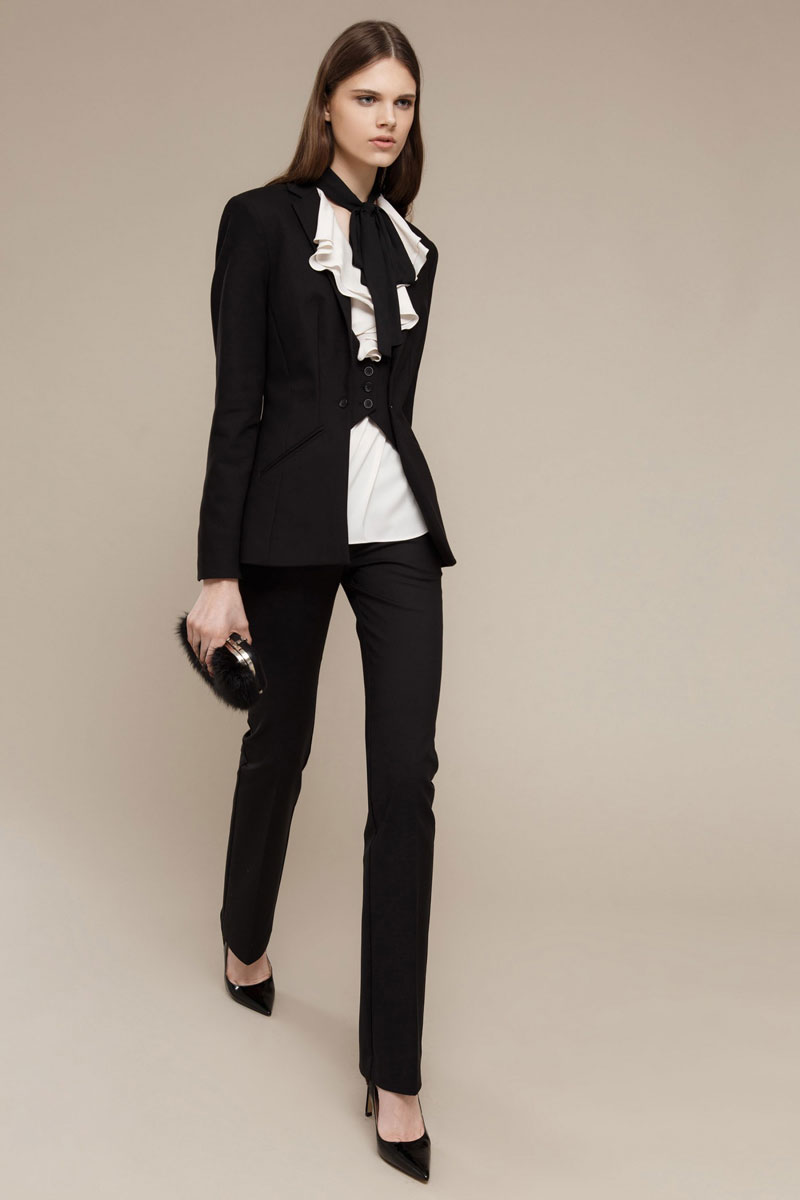
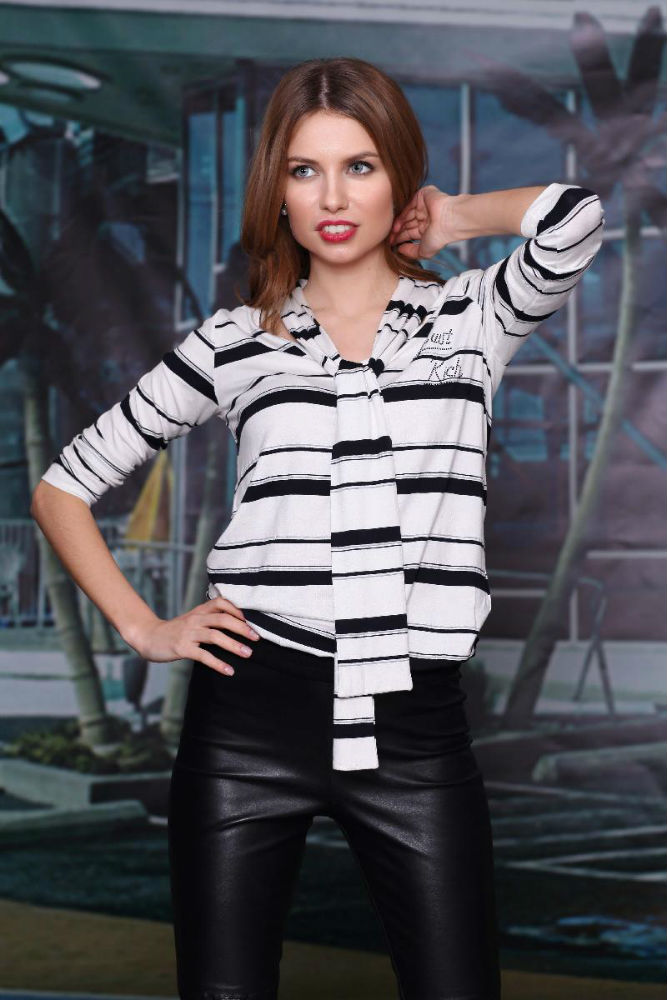
Denim:
- Colin`s sells its products in more than 30 countries and has over 200 stores in Russia;
- Cross has been producing denim for global brands for over 40 years, which speaks volumes about their quality and success;
- Mavi is an ultra-fashionable denim clothing brand that is especially popular among young people due to its unusual design;
- LTB - high-quality material, original style and affordable price allowed us to open about 100 stores around the world.

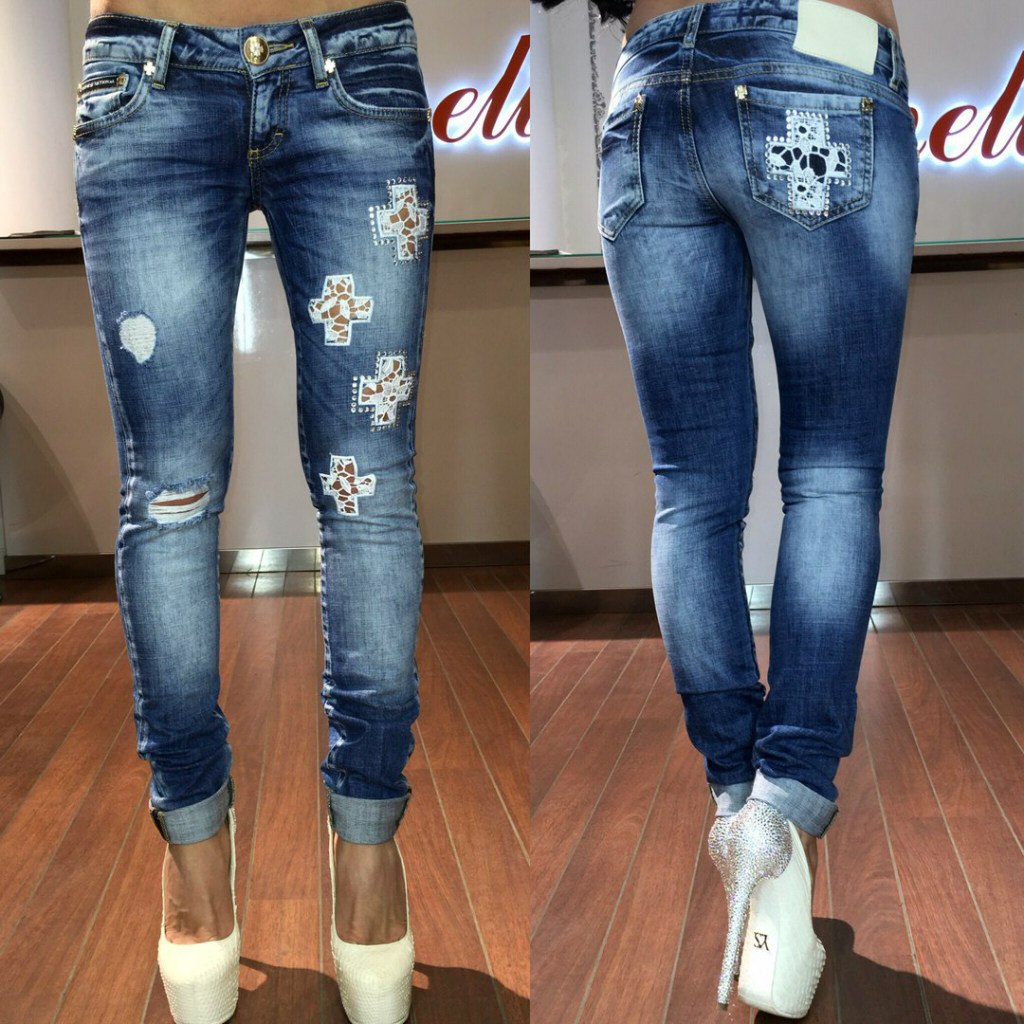
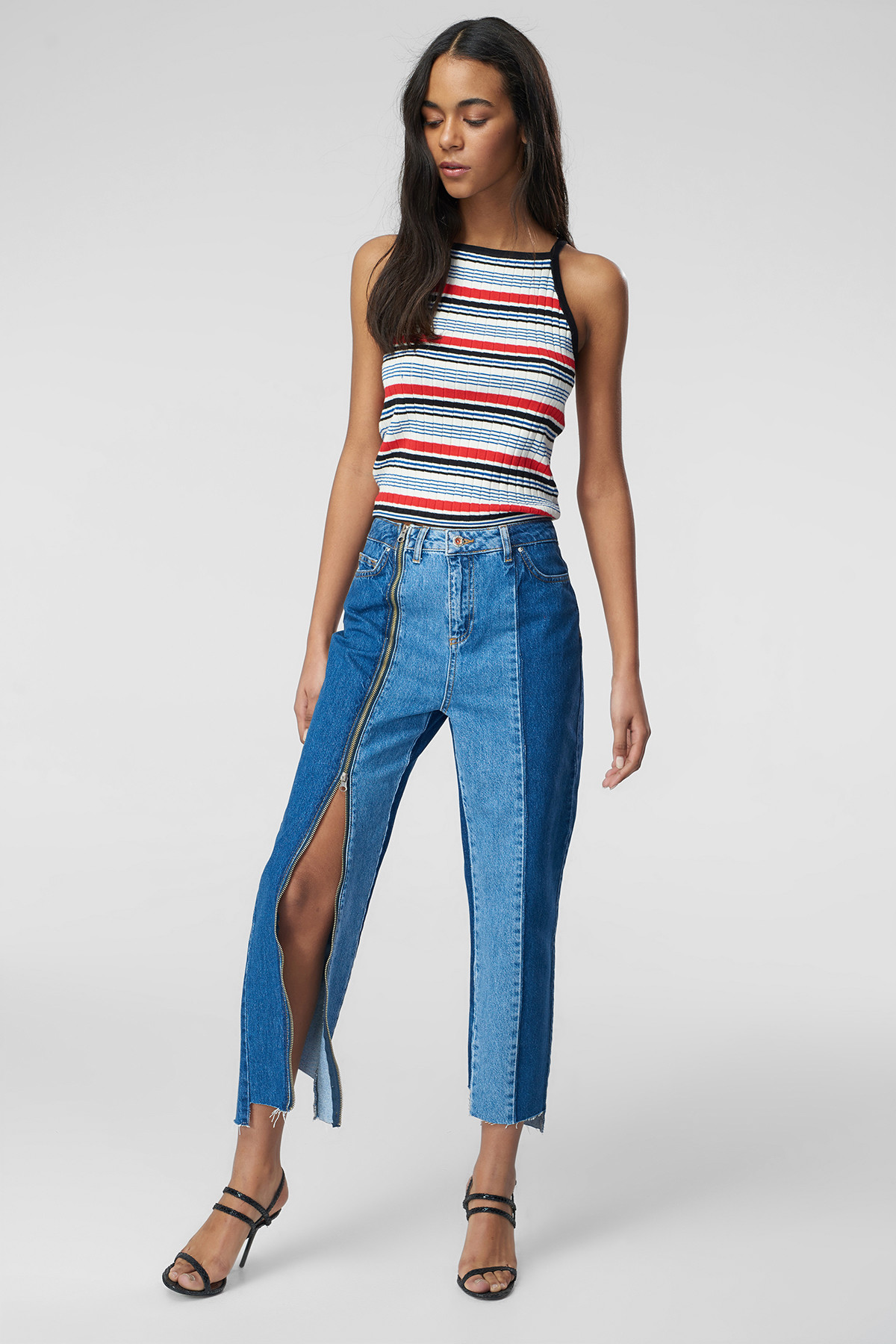

Leather:
- Derimod has made a name for itself worldwide with the quality of its bags since 1974, and the company also has a wide range of shoes and outerwear in different styles;
- Desa is famous for its women's bags, which have been exported to the USA, UK and Europe since 1986.
Premium class:
- MilanaModa is a high-quality copy of the Italian brand, producing dresses and suits for women;
- Ipekyol releases collections twice a year for social events and everyday life;
- Gizia is a Turkish brand, the fabrics for which are purchased in Italy. The collections are full of evening dresses, decorated with bright appliques and expensive fittings.

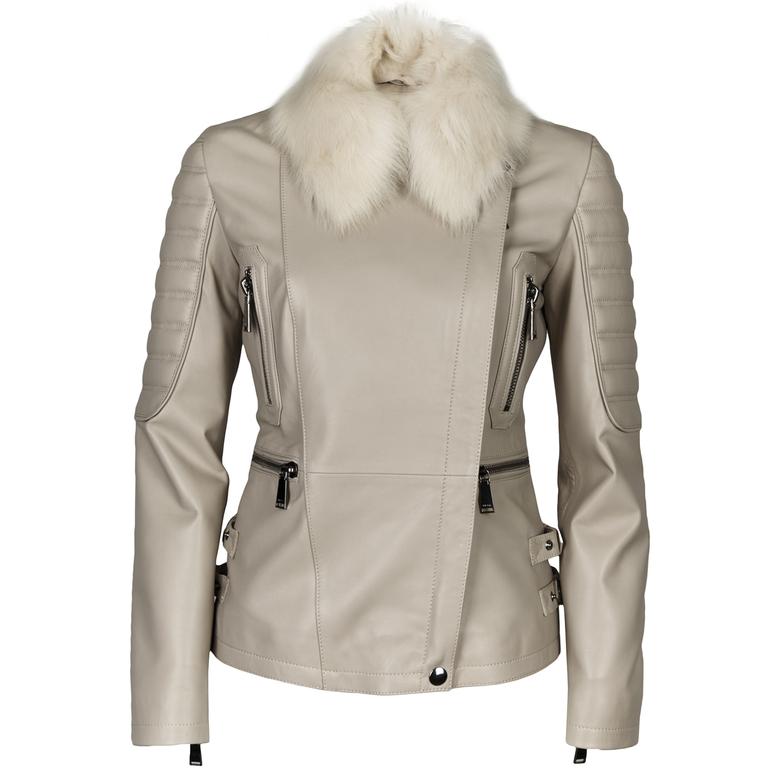
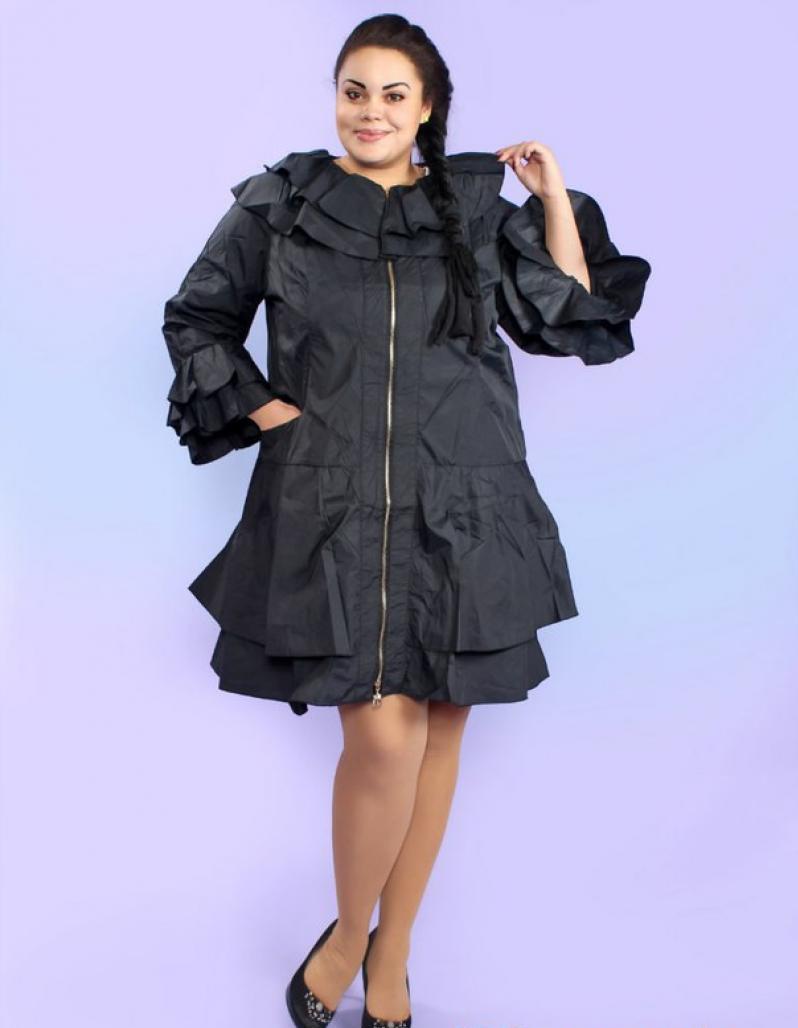
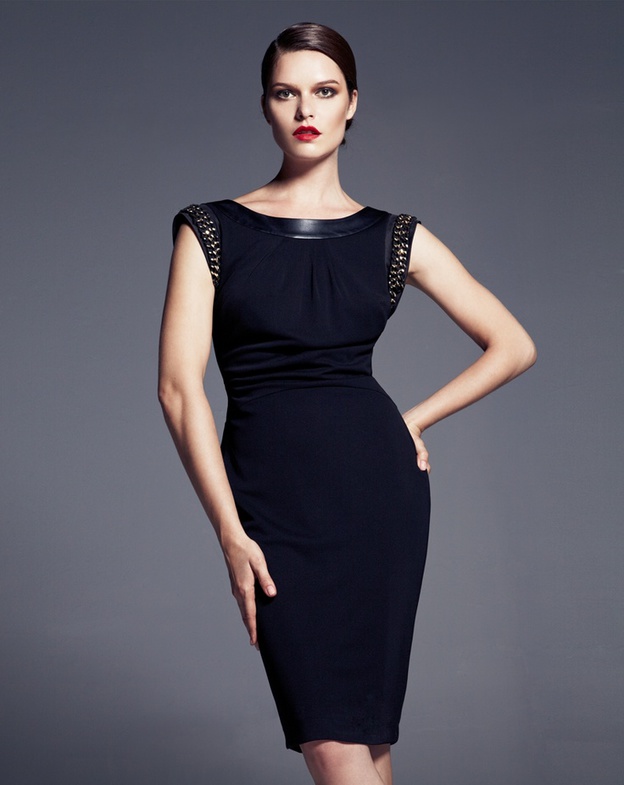
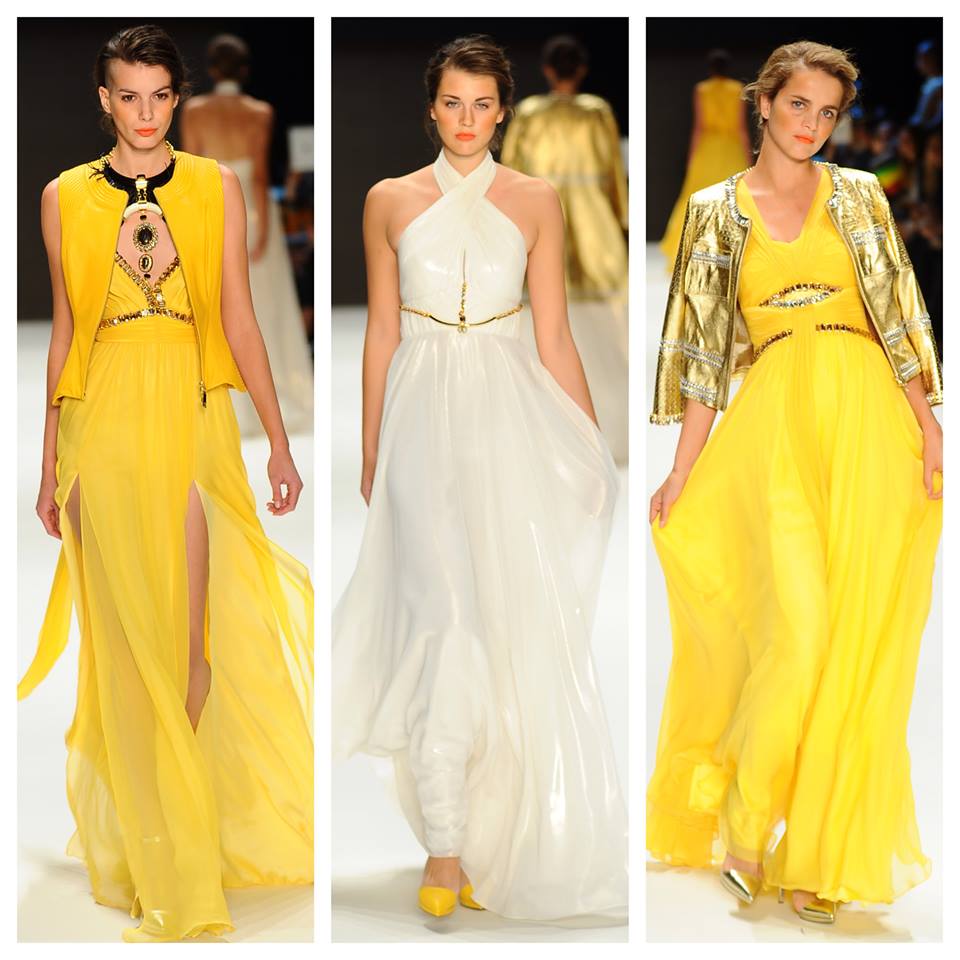
For children:
- Azis Bebe - exclusive clothing for children up to 6 years old;
- Soow is an economical option for clothes for children up to 14 years old for all seasons;
- Little-One - children's clothing and goods for newborns.
For men:
- Crispino offers a wide range of shirts, t-shirts, shoes and accessories for the young consumer;
- Alberto Salvadore specializes in business suits and tuxedos.

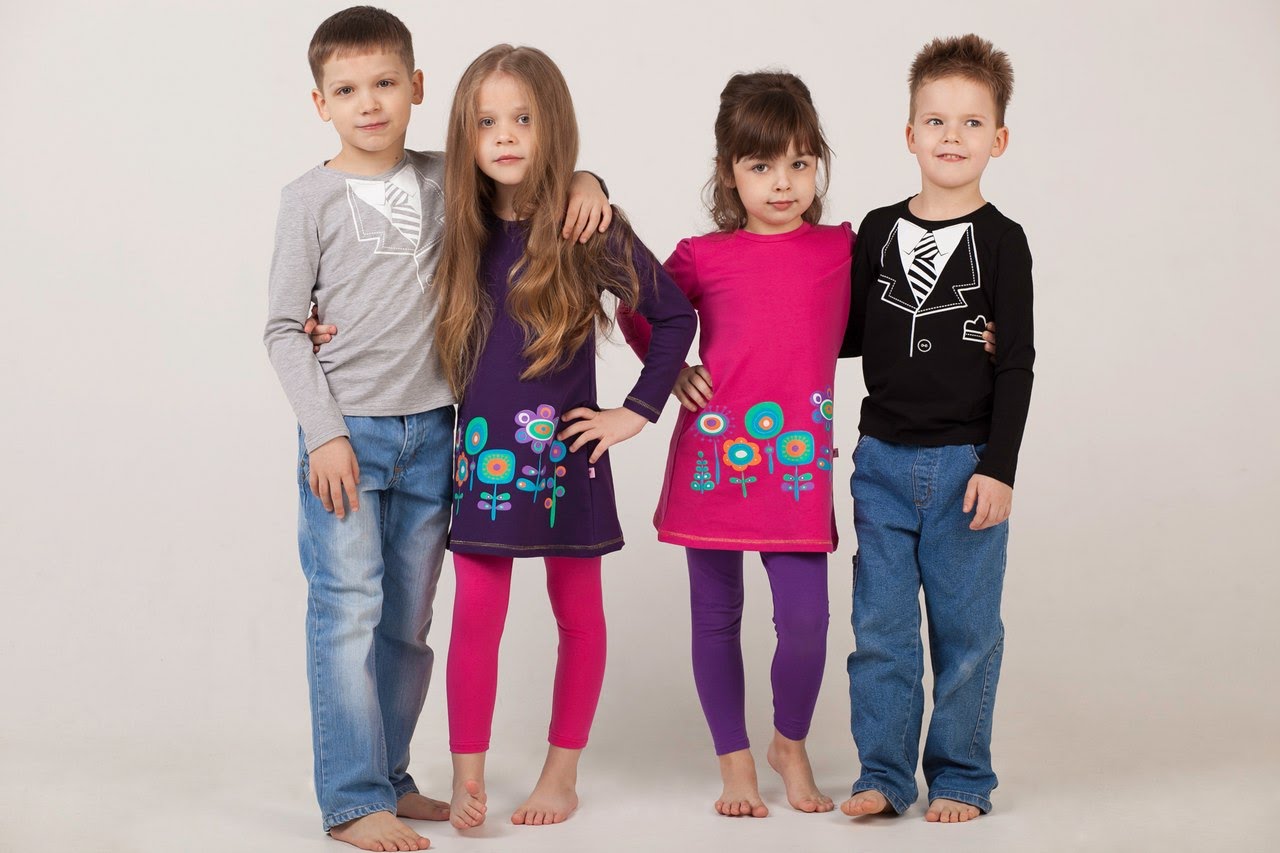
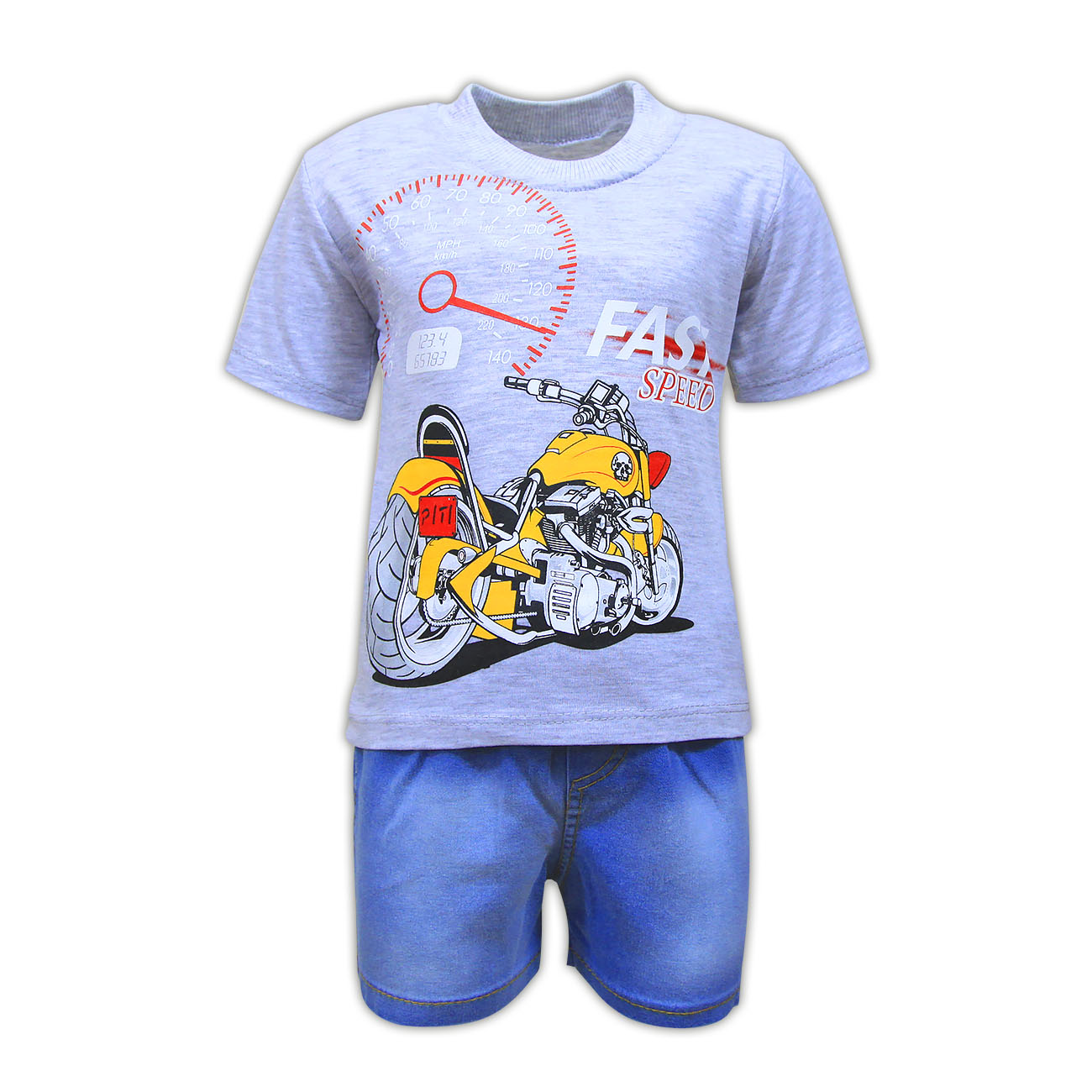
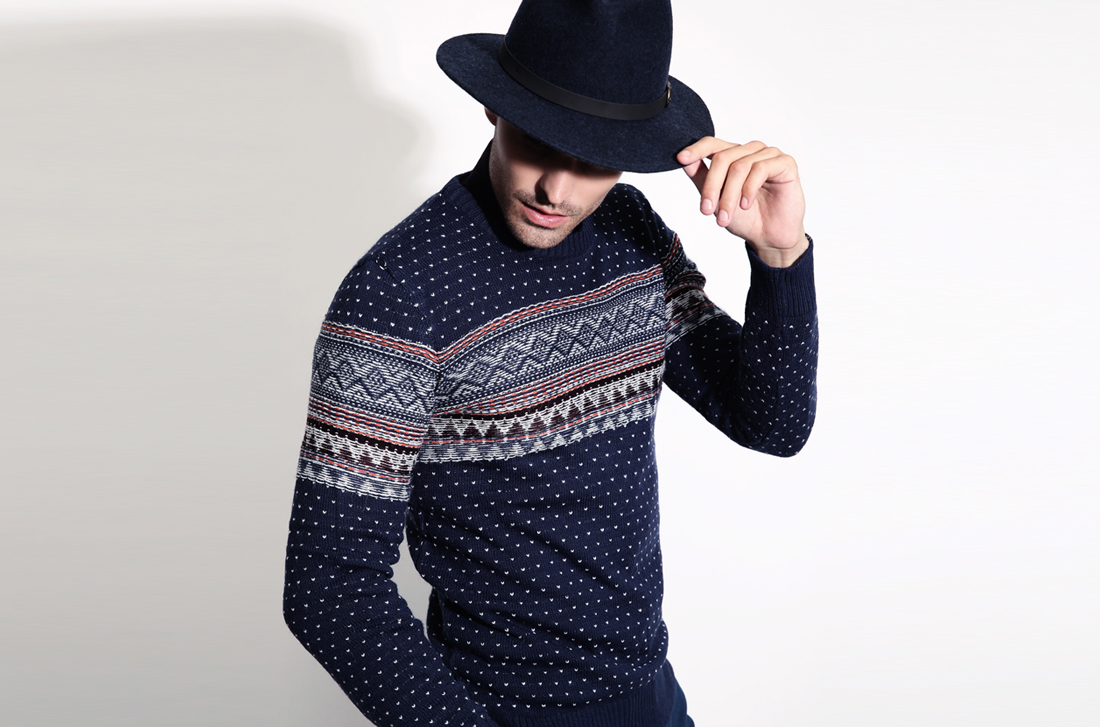
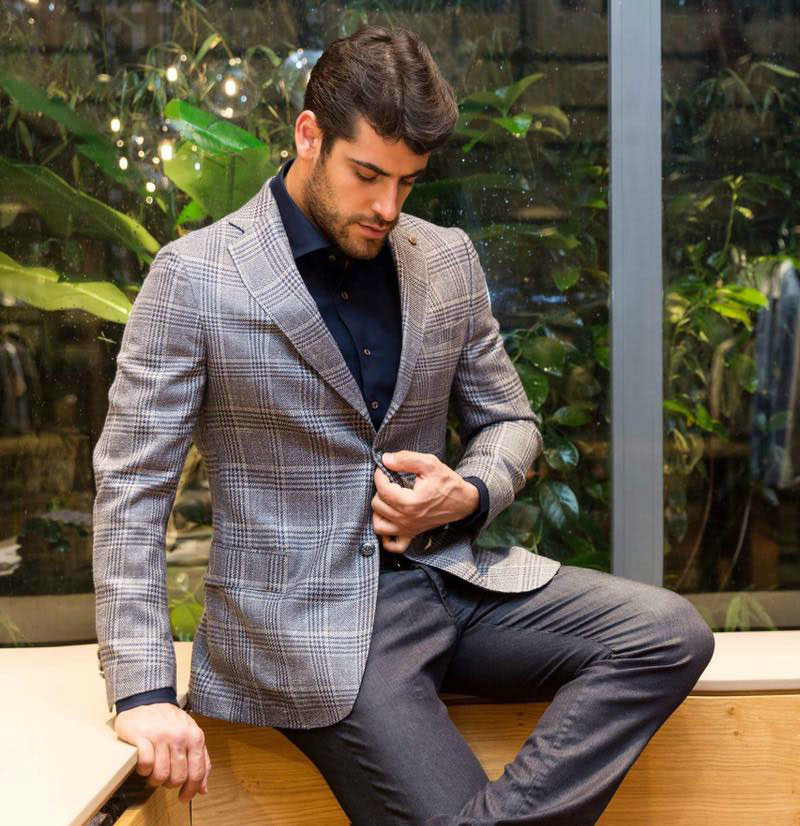
Home:
- Ozkan - knitted sets for home in different sizes;
- Nicoletta - beautiful luxury lingerie sets for women;
- Berrak - quality underwear for all family members at an affordable price.
Shoes and accessories:
- Hotic was founded back in 1938 by Salih Hotic, under whose leadership more than 65 stores were opened around the world, including in Russia;
- INCI is one of the leading companies in the production of shoes and bags made of high-quality leather;
- Beymen specializes in selling expensive designer shoes, both Turkish brands and world-famous brands such as Prada.

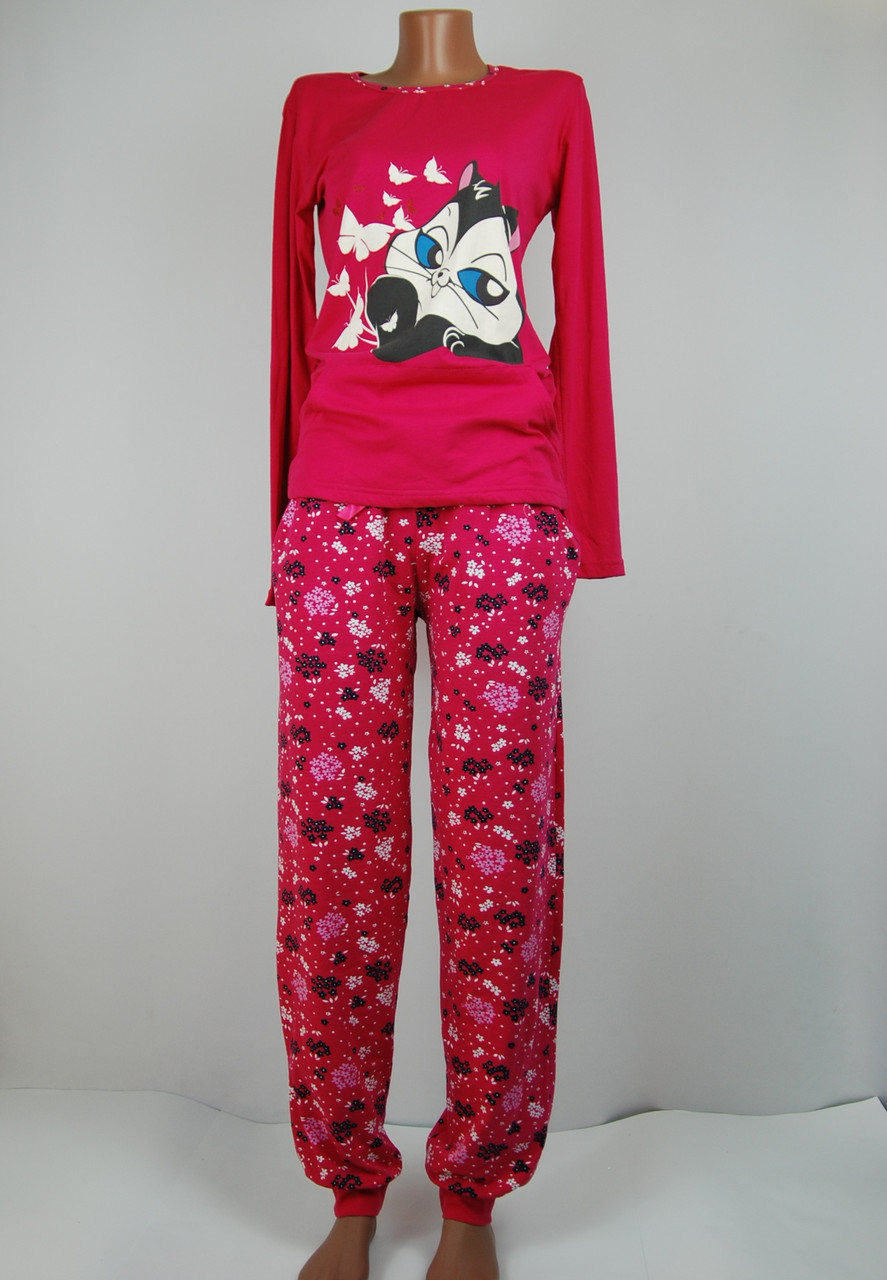

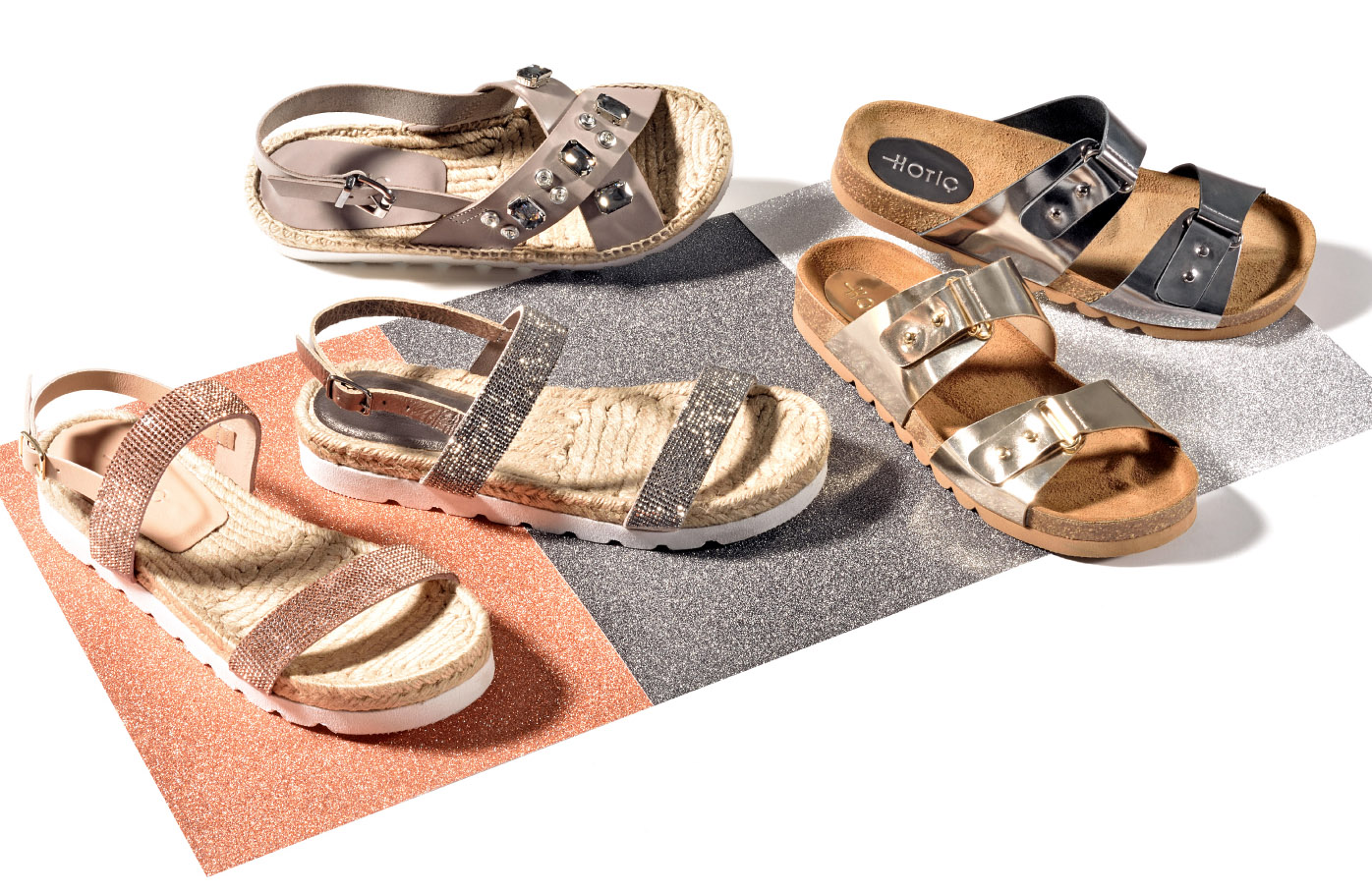

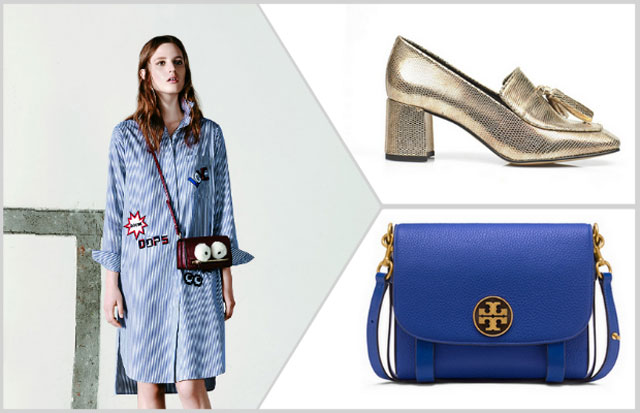
National clothes
The heyday of the Ottoman Empire was in the 16th century, which made the country attractive to both potential allies and enemies who needed the wealth of this state. In order to divert unnecessary attention from his women and protect their honor, the Sultan decided to hide the body of a woman under the so-called "feracja" (a loose-fitting dress) and "chador" (a veil). Evidence of this fact are paintings of that time, which depict Turkish women wrapped in silk from head to toe.
However, this rule did not apply to women of the lower classes. For the convenience of working in the fields, simple peasant women wore wide trousers that could be rolled up and seamless shirts. Men's clothing consisted of wide trousers and a loose-fitting shirt or sleeveless caftans. Women's and men's clothing was predominantly dark in color without decorations or ornaments.
Beginning in the 18th century, the national costume of the Turks began to change rapidly: light fabrics of light shades were allowed in women's clothing, a turban was allowed instead of a fez headdress, and the chador no longer had to fit tightly around the face and became transparent. Turkish women were already allowed to wear diamond jewelry, and men's waistcoats were decorated with embroidery and buttons. At home, women from the upper classes were already allowed to wear more revealing clothes, transparent and tight-fitting.
Until the 20th century, the Muslim religion did not allow liberties in dress, but in 1925, thanks to the Kurdish uprising, which demanded the return of the caliphate, women's rights were revised in Turkey and reforms were carried out. Mustafa Kemal called on women to abandon the burqa and even passed a law on wearing traditional costumes only during service, and wearing a "fez" was even considered a criminal offense. From now on, girls could wear any outfit. Nevertheless, the laws of Sharia are so firmly entrenched in the minds of people that most women still wear Turkish national clothing - harem pants and shirts, over which they wear a caftan of the brightest colors.
Children's clothing is also made in the traditional style - boys wear shirts and trousers with a jacket, belted with a "sash". And girls, in addition to trousers, wear a tunic and a robe.
Despite the fact that Turkey is one of the few countries that still preserves traditions, Western European society could not help but influence the modern fashion of the Turks. With the advent of the 21st century, young people in jeans, sportswear are increasingly seen on the streets of this eastern country, and some girls even allow themselves to wear shorts and short skirts.
Turkish markets tirelessly replace one collection with another according to the latest trends in the world of fashion, gradually pushing aside their own national characteristics in clothing. Thanks to the latest technologies and advanced equipment for mass sewing of clothes, Turkey has become one of the five largest countries in the export of light industry. High quality and low prices for raw materials have caused huge demand among consumers from neighboring countries. Turkish textile products have flooded the markets of Asia, Europe and America in such a way that now on the labels of every third thing in our wardrobe you can find a Turkish manufacturer.
Video


